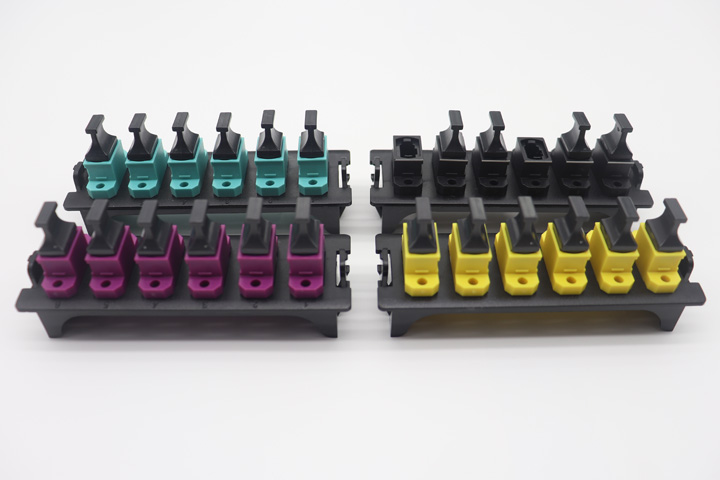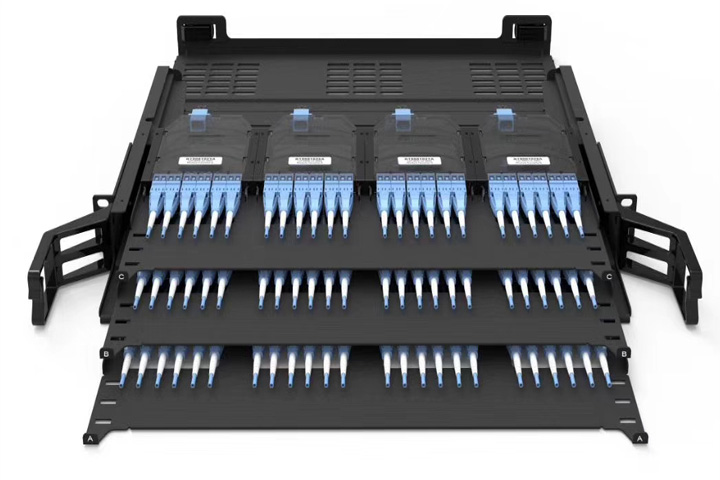Technological changes are driving innovations in fiber cabling to support higher data rates, enhance durability, and increase network design flexibility. Data center needs are evolving rapidly due to increased connection density, architectural changes, AI/cloud technology integration, and the introduction of new hardware. Modern infrastructure needs to take into account high-density connections, cabinet design, cable management, and data center infrastructure management (DCIM), and modular data centers have become an efficient solution.
China's ARTIC data center AI solution takes into account the changing requirements of future development and fully realizes the improvement of data processing capabilities.

Challenges of connection and device density Increased device density requires higher bandwidth and faster transmission rates.
High-density solutions save space by compressing computing power, reduce floor space costs, and improve scalability. At the same time, resource integration optimizes energy efficiency, and advanced cooling technology manages heat output to reduce total cost of ownership (TCO). Multi-fiber cabling and high-quality optical fiber are key to supporting high data rates.
 Real-time management and intelligent optimization Frequent changes in equipment make real-time asset management essential.
Real-time management and intelligent optimization Frequent changes in equipment make real-time asset management essential. The automated management system (AMS) and DCIM combined with the Internet of Things (IoT) technology provide visualization of key indicators and predictive maintenance. AI and digital twin technology further optimize resource utilization and decision-making efficiency.

Innovation in cabinet design AI applications drive racks toward high bandwidth (such as 400Gbps switches), modular design, and integration of specialized hardware such as GPUs. New standards such as the Open Compute Project (OCP) increase density through DC power distribution and innovative cooling technologies. Pre-terminated cables and quick connectors reduce installation time and ensure high availability.
 Architectural transformation and edge computing data.
Architectural transformation and edge computing data. The center is shifting to a decentralized architecture (such as spine-leaf topology) to support high bandwidth, low latency, and redundancy requirements, which is especially suitable for real-time AI processing. Fiber-intensive mesh networks improve data processing efficiency through multi-path transmission and can flexibly expand to meet the distributed needs of edge computing. Technological innovation is driving fiber optic cabling towards high density, intelligence, and modularity to meet emerging needs such as AI and edge computing, while optimizing cost and energy efficiency. In the future, flexible and efficient infrastructure will become the core competitiveness of data centers.




